
Birkins are synonymous with luxury, but what makes them worth so much? It’s not just the name; it’s the rarity and the fact that each bag is essentially a work of art. Curious about why they fetch such high prices? Here’s a closer look at what really drives their value.
Meticulous Handcrafting By Expert Artisans
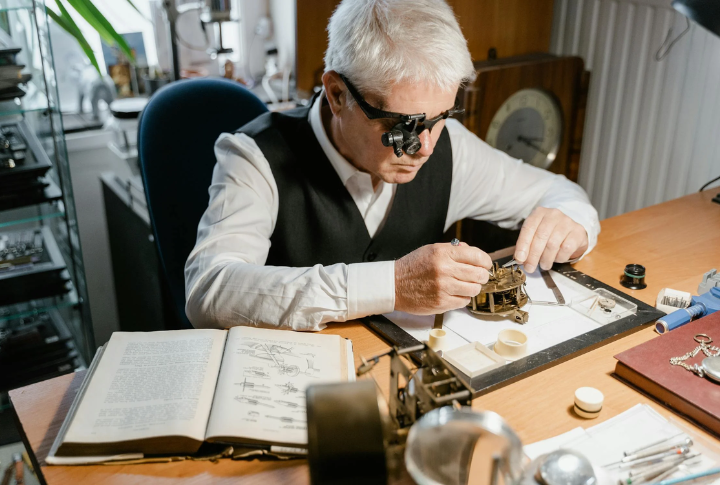
Each Birkin is made entirely by hand, from start to finish, by a single artisan trained for years in Hermes’ ateliers. This method ensures consistency and skill, but it limits production speed. Precision stitching, along with leather selection and edge dyeing, all require hours of meticulous attention.
Premium Leathers That Age Beautifully

Hermes sources rare leathers like Togo, Epsom, or even Barenia from small tanneries that follow strict ethical and quality standards. The materials are naturally dyed and chosen for longevity. Over time, these leathers develop a soft sheen and supple texture that collectors prize.
Intricate Hardware With Precious Metal Finishes
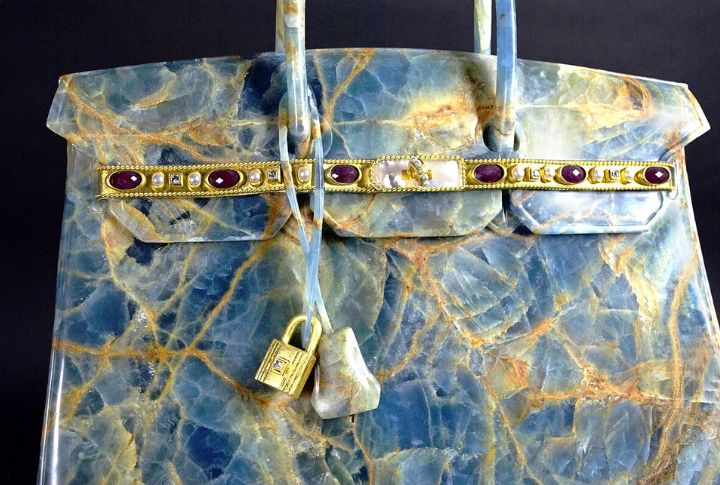
Every clasp, lock, and key is individually polished and assembled using techniques found in fine jewelry. Select models feature palladium or gold-plated hardware, adding real material value. These custom pieces must align perfectly with the bag’s form, increasing complexity and production cost.
Tight Global Supply And Distribution
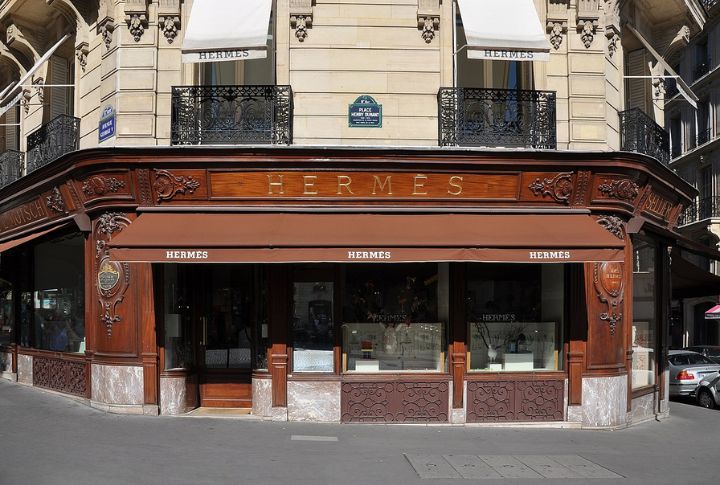
Hermes doesn’t flood the market. Boutiques receive limited shipments without public release dates, and VIP clients often get first dibs. Although some bags do appear in-store, they’re only available for a short time. This strategic scarcity keeps demand sky-high and reinforces the brand’s elusive luxury mystique.
Exotic Skins With Strict Sourcing Protocols
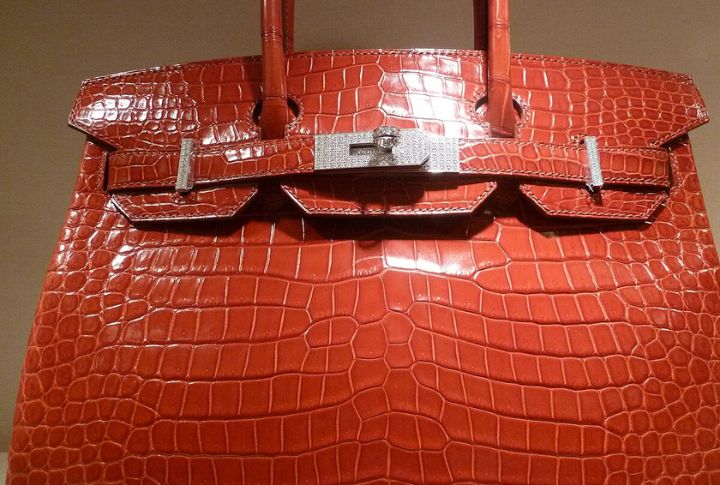
Crocodile, alligator, lizard, and ostrich skins add a new tier of cost. Hermes adheres to CITES guidelines, ensuring every exotic-skin Birkin includes full traceability. Processing these materials requires delicate precision, and artisans must undergo additional training to handle them properly.
Generational Heritage And Brand Philosophy
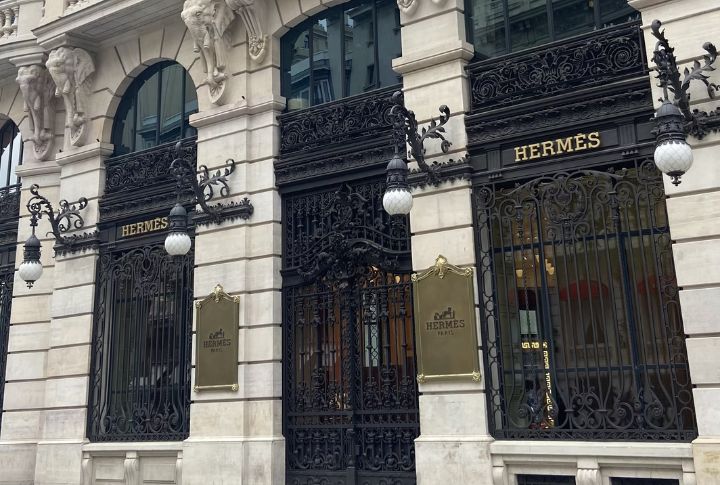
Since 1837, Hermes has cultivated a reputation for legacy and restraint. They never chase trends or aggressive marketing campaigns. Instead, they focus on mastery and slow fashion. Owning a Birkin isn’t just about today; it connects you to a heritage built on consistency.
Celebrity Culture And Collector Demand

Jane Birkin inspired the original design, but everyone from Victoria Beckham to Cardi B has amplified its appeal. When a celebrity is spotted with a Himalayan Crocodile Birkin, often valued over $200,000, with prices starting at $60,000 without diamonds, it spikes desirability.
Scarcity On The Secondary Market
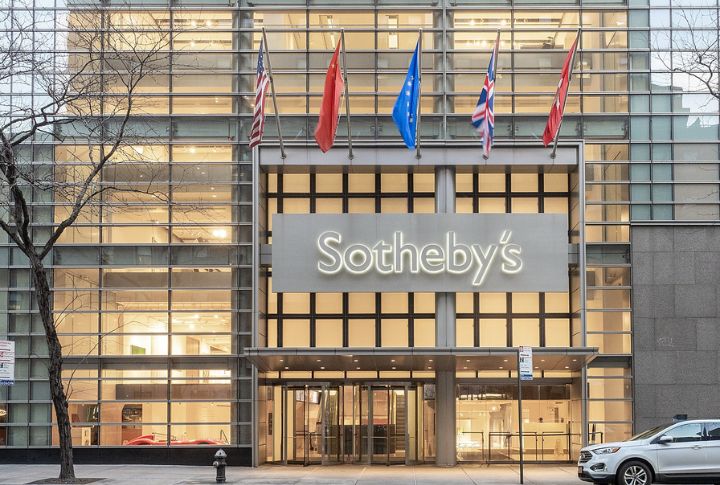
Rare pre-owned Birkins often outpace retail pricing, with auctions at Sotheby’s and Christie’s showcasing models that fetch $100,000 to $400,000. Ultra-rare editions like the Diamond Himalaya can go even higher. Factors like discontinued leathers, limited colorways, and pristine condition significantly boost resale value and their status as collectibles.
Customization And Special Orders
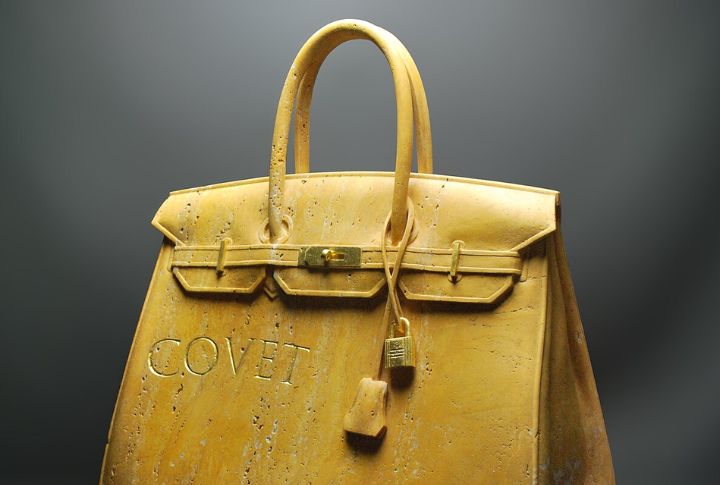
VIP clients can commission bespoke Birkins, selecting leather, color, hardware, and stitching thread. These special-order bags feature a distinctive horseshoe stamp, signaling ultra-exclusivity. Because Hermes limits who qualifies for customization, the bags gain additional prestige and higher value in resale circles.
Timeless Design That Resists Trend Cycles

The Birkin hasn’t changed much since its debut in 1984. That’s the point. Clean lines and functional structure, including understated elegance, keep it relevant across decades. In an industry driven by reinvention, the Birkin remains a constant luxury that doesn’t need reinvention to stay powerful.
